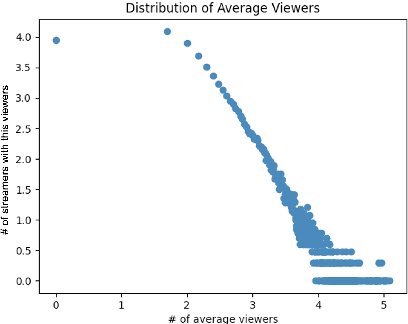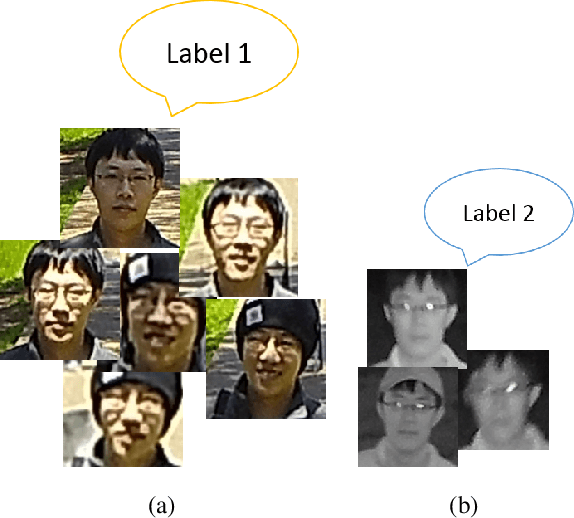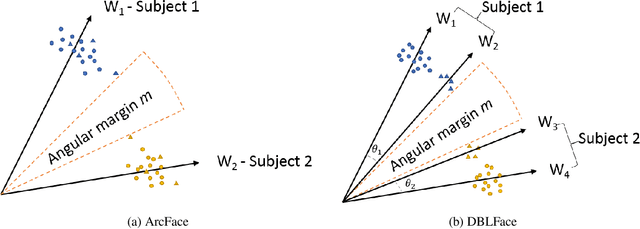Ha Le
Unveiling Comparative Sentiments in Vietnamese Product Reviews: A Sequential Classification Framework
Jan 02, 2024Abstract:Comparative opinion mining is a specialized field of sentiment analysis that aims to identify and extract sentiments expressed comparatively. To address this task, we propose an approach that consists of solving three sequential sub-tasks: (i) identifying comparative sentence, i.e., if a sentence has a comparative meaning, (ii) extracting comparative elements, i.e., what are comparison subjects, objects, aspects, predicates, and (iii) classifying comparison types which contribute to a deeper comprehension of user sentiments in Vietnamese product reviews. Our method is ranked fifth at the Vietnamese Language and Speech Processing (VLSP) 2023 challenge on Comparative Opinion Mining (ComOM) from Vietnamese Product Reviews.
A study on Channel Popularity in Twitch
Nov 10, 2021



Abstract:In the past few decades, there has been an increasing need for Internet users to host real time events online and to share their experiences with live, interactive audiences. Online streaming services like Twitch have attracted millions of users to stream and to spectate. There have been few studies about the prediction of streamers' popularity on Twitch. In this paper, we look at potential factors that can contribute to the popularity of streamers. Streamer data was collected through consistent tracking using Twitch's API during a 4 weeks period. Each user's streaming information such as the number of current viewers and followers, the genre of the stream etc., were collected. From the results, we found that the frequency of streaming sessions, the types of content and the length of the streams are major factors in determining how much viewers and subscribers streamers can gain during sessions.
DBLFace: Domain-Based Labels for NIR-VIS Heterogeneous Face Recognition
Oct 08, 2020



Abstract:Deep learning-based domain-invariant feature learning methods are advancing in near-infrared and visible (NIR-VIS) heterogeneous face recognition. However, these methods are prone to overfitting due to the large intra-class variation and the lack of NIR images for training. In this paper, we introduce Domain-Based Label Face (DBLFace), a learning approach based on the assumption that a subject is not represented by a single label but by a set of labels. Each label represents images of a specific domain. In particular, a set of two labels per subject, one for the NIR images and one for the VIS images, are used for training a NIR-VIS face recognition model. The classification of images into different domains reduces the intra-class variation and lessens the negative impact of data imbalance in training. To train a network with sets of labels, we introduce a domain-based angular margin loss and a maximum angular loss to maintain the inter-class discrepancy and to enforce the close relationship of labels in a set. Quantitative experiments confirm that DBLFace significantly improves the rank-1 identification rate by 6.7% on the EDGE20 dataset and achieves state-of-the-art performance on the CASIA NIR-VIS 2.0 dataset.
 Add to Chrome
Add to Chrome Add to Firefox
Add to Firefox Add to Edge
Add to Edge